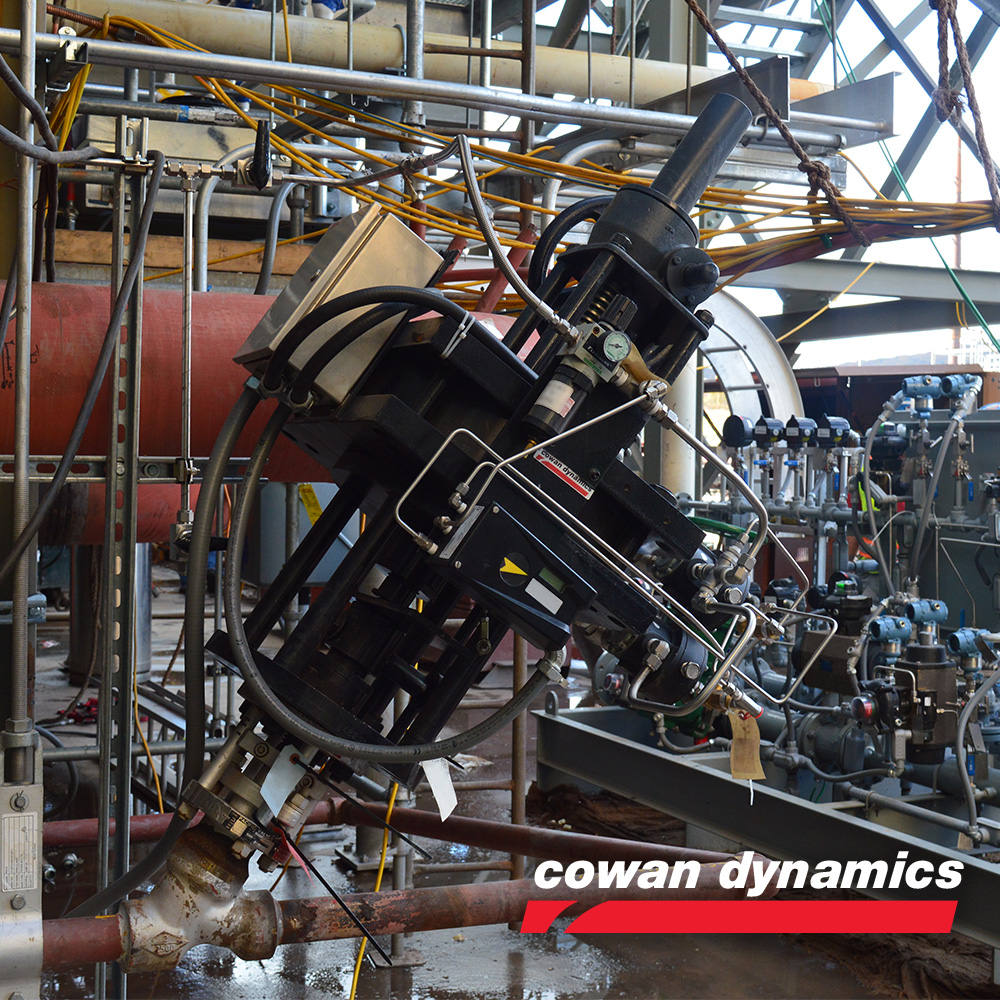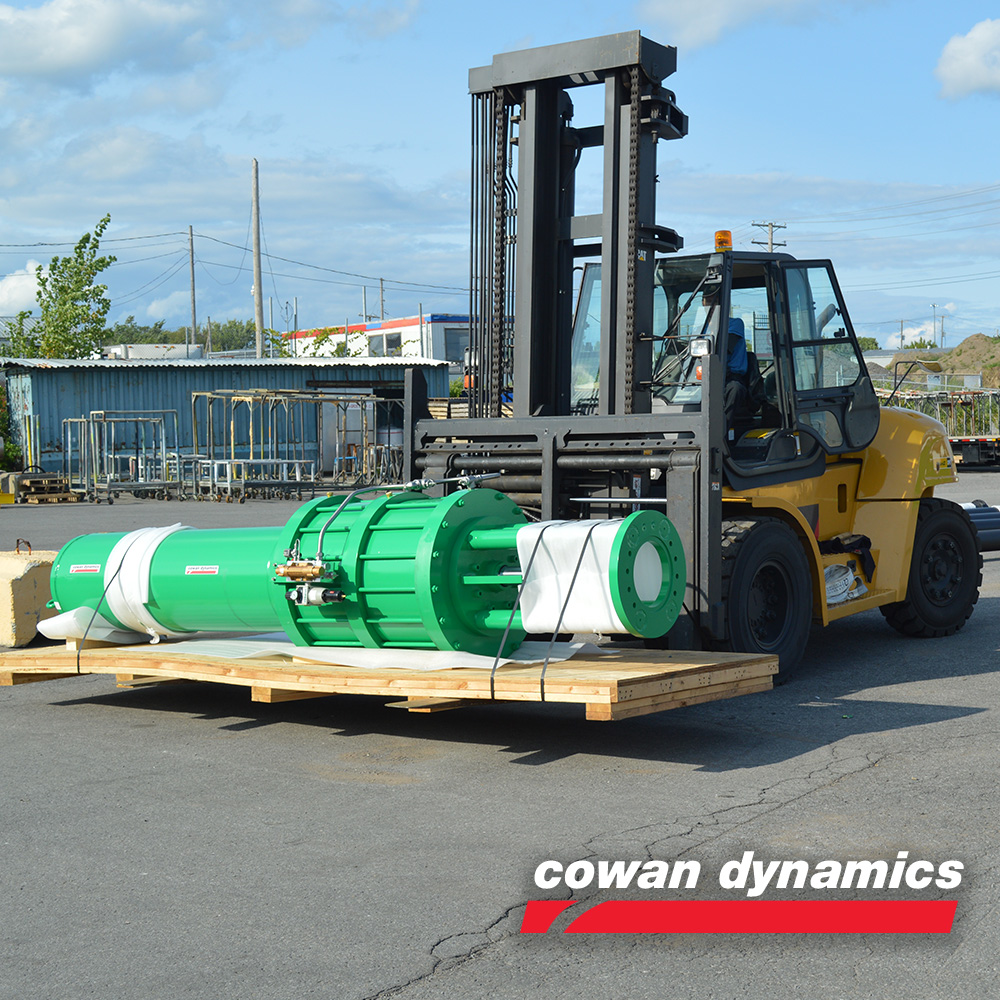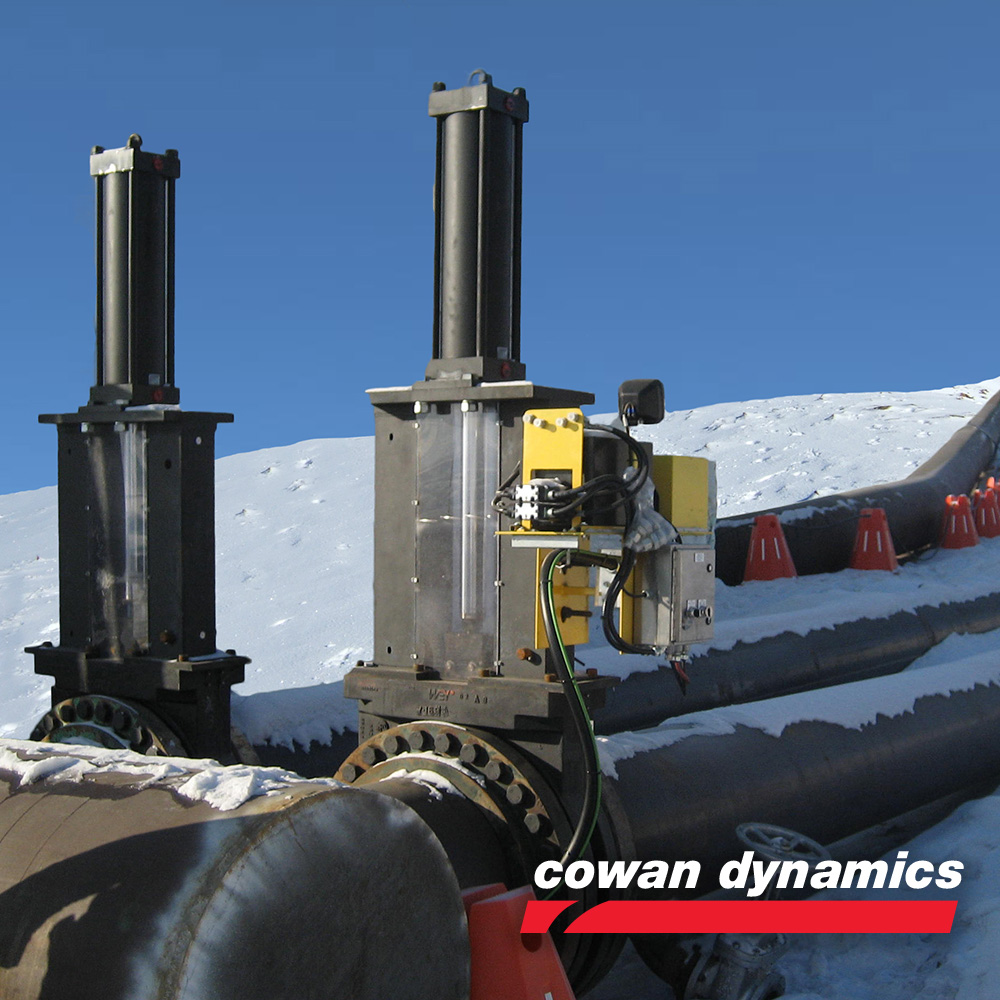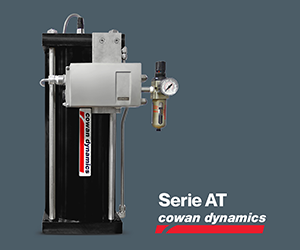The valve positioner is a feedback mechanism. It allows valves to be positioned precisely in accordance with the output signal of the controller, in the presence of major disturbances caused by unbalanced forces acting on the valve stem, changes in actuator temperature, etcetera. Even a relatively small actuator, that otherwise would have to be bench-set to an unacceptable degree, can be stroked precisely when a valve positioner is used to signal the valve position. Positioners are not now considered to be the universal solution to many problems. In fact, in some control circuits the effect of fitting a positioner can be detrimental. Whilst it is an advantage to use positioners in slow systems, it can be a disadvantage in the case of control loops with short reset times. A positioner...
Cowan Connection
Latest News from Cowan Dynamics
When to Use a Globe Valve Actuator
In this article, you will learn about the globe valve, when to use it, and globe valve actuator options based on the power source available. Globe valves are linear valves whose closing membrane is a disc or plug that opposes the flow inside the valve body, allowing more flow as it moves away from the seat. The seat is a ring installed in the center of the valve body, this design creates high energy loss due to the change in the flow direction and shortens the valve effective stoke. Globe Valve Parts diagram: They get their name from the shape of their spherical body. These valves can have resilient or metallic seats and are unidirectional as they must be installed with the pressure side under the seat. Normally in industry, they are flanged. Also, they are offered in other connections...
Why Use a Valve Actuator Limit Switch?
Why use a valve actuator limit switch? Valve automation is not simply the selection of the actuator. Control components are a big part of the complete actuation assembly. When looking into the components that a valve automation system must have, we normally see solenoid valves which are used to control the pressurized fluid into the actuator. In addition, we also see what we often call position limit switches. A valve actuator limit switch is a device that is designed to provide a remote signal to the control station, also known as PLC or DCS, regarding the valve position, often open or closed. They can also be set to provide different position indications depending on the application. The switch will provide a signal on the position once the valve reaches it, therefore there will be...
Knife Gate Valve Actuator Applications
In this article, you will learn about the various applications for knife gate valves & knife gate valve actuators. Knife gate valves are linear valves in which the closing membrane is a gate that is sharpened to better cut through the process media (such as slurry). The gate is connected to a stem and travels inside the valve body in which scrappers are often included to clean the gate as it moves from open to closed. They can be manual or automated (knife gate valve actuator), with metal or resilient seats, bi-directional, and come in wafer, lug and flange connections. Knife gate valves are very versatile and can be used in both isolation and control applications. However, to provide good control characteristics the valve trims must be custom-made. Diagram of Knife Gate Valve Parts...
Butterfly Valve Actuator Applications
What are the pros and cons of a butterfly valve? What options are available when selecting a butterfly valve actuator? This short and informative article will explain it all. Butterfly valves are rotary or 90-degree valves where the closing membrane is a disc that is connected to the stem perpendicularly either symmetrically or asymmetrically. They can be manual or automated, with metal or resilient seats, bi-directional, and come in wafer, lug, and flanged connections. Butterfly valves are very versatile and can be used in both isolation and control applications. However, their control capabilities are limited. Butterfly Valve Parts Diagram Image Source from Velan Conventional resilient seated butterfly valves are designed primarily for fluid isolation as they have poor control...
Valve Signature & Its Effect on Actuator Sizing
A valve is a pressure vessel with internal moving parts; and when they move, they encounter resistance from other parts and from the flow. The recording of the pressures and forces associated with overcoming these resistances can be referred to as “valve signature”. For actuator sizing, it is critical to obtain accurate valve thrust/torque data. This is especially true for spring-return actuators as conservative or exaggerated valve thrust/torque data can lead to extremely oversized and expensive actuators. The thrust or torque required to move the valve, in either direction, will vary throughout its stroke. In industry, the following terms are used to describe the various data points required for actuator sizing: (fig.1 - see table for details) The thrust or torque...
Featured Valve Automation Actuators

A Series Feature
Designed and engineered for severe-service applications, the A Series bore sizes range from 4” to a whopping 42” diameter. We also offer a wide range of automation options.

AS Series Feature
Next-generation “compact” model provides a shorter and lighter canister for installations where space is a premium.

ML Series Feature
Our ML Series Double-Acting Hydraulic Valve Actuators are designed to suit a wide range of applications; from commodity to severe-service extremes.


